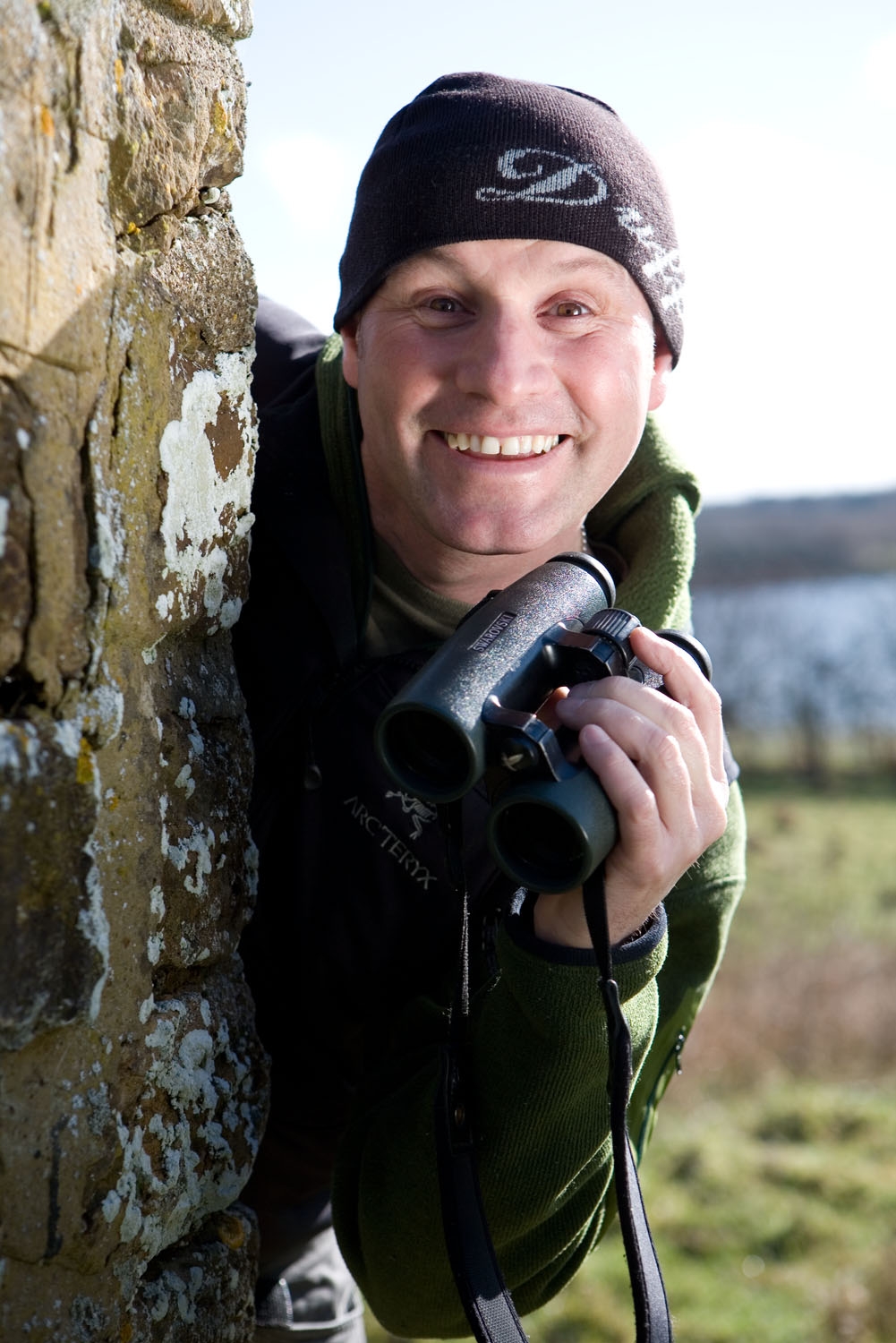The Andean condor is so revered across its range that it features on the national shields of four different countries: Bolivia, Chile, Colombia and Ecuador.
Ecuador has gone a step further, placing the coat of arms on its flag. Here the condor, with its outstretched wings, is thought to symbolise power, greatness and strength.
Learn all about this impressive bird in our export guide, including where to see Andean condors in the wild.
What do Andean condors look like?

Adult Andean condors have principally dark plumage and black primaries, or ‘fingers’, which contrast to their startlingly white secondary flight feathers and white ‘fluffy’ neck collar.
They also possess naked, fleshy heads, presumably a hygienic adaptation that allows them to delve into animal carcasses without their plumage becoming overly soiled by innards.
However it takes quite a while for an Andean condor to develop this look. By the time the single juvenile condor fledges from its home, its plumage will be smoky brown. Young birds then undergo a long, continual moult as their plumage darkens, but they still need an astonishing eight years before graduating to their parents’ black and white.
Andean condors are the only New World vulture to display sexual dimorphism. The bigger males have a large, dark red comb, or caruncle, on the crown of the head, that surely plays a key role when the time comes for this sexually monogamous species to find its life-partner.
Andean condor size
With a wingspan (for the record) maxing out at around 3.2m, and weighing up to 15kg the Andean condor is the heaviest bird of prey in the world and the raptor with the longest wingspan. It also stands an impressive 1.2 metres tall
What's so special about the Andean condor's flight?
As masters in the art of effortless soaring, it is up in the air where condors excel. Using a combination of wind gusts, currents of warm rising air and streams of air pushed upwards by cliffs and mountains, condors are able to spend hours on the wing, in a perennial hunt for carrion.
So efficient is this technique that equipment recently strapped to condors in Patagonia revealed that only one per cent of the birds’ time aloft is spent flapping their wings – with this mostly occurring during take-off. So natural is the Andean condor’s soaring that one bird was found to have flown for five hours, covering a distance of 160km, without once flapping its wings.
How do Andean condors hunt?
Searching far and wide for food, condors use their razor-sharp eyesight to find a meal directly, or to locate large congregations of smaller raptors and scavengers, which invariably indicate a carcass.
What do Andean condors eat?
They most commonly feed on large carrion, with their food of choice historically being llamas, guanacos and rheas, but as these species have been displaced by farm animals, attention has shifted to cows, horses, sheep and goats.
Even if the condors are late to the party, they use and abuse their size to ensure they are first to tuck in, favouring the internal organs and muscles.
Smaller scavengers may be shoved aside, yet they nonetheless rely upon the condors’ strength and hooked bills to rip open the carcass. They must also realise that once the ‘big boys’ have had their fill, there will still be plenty to go round.
As carrion-feeders, condors and their scavenging cadre also play a key role as nature’s clean-up crew. This ‘recycling’ process both reduces the risk of dead and decaying animals becoming vectors of disease and helps to speed up the biodegradation process by microbes waiting in the wings.
Deft defecating
Adult condors have been observed defecating on their legs, which turn white. Either this helps to cool legs when temperatures rise during the day, or the guano, which contains traces of the bird’s digestive juices, operates as an antiseptic whenever the bird is thigh-deep in a rotting carcass.

Where do Andean condors live?
The heights of the cliffs and canyons of the Andes is where to spot these mighty creatures.
Condors tend to roost communally, favouring remote caves, cliff ledges and rocky outcrops that are out of reach of ground predators. Usually covered in whitewash from the birds’ droppings, these roosting spots can stand out from a distance.

How long do Andean condors live?
Despite a lifespan of up to 50 years in the wild, the condor’s slow reproductive rate (one chick every two to three years) and delayed maturity leave it remarkably susceptible to persecution.
What threats do Andean condors face?
Illegal poisoning of carcasses remains a huge issue, with 34 birds killed in one incident in Argentina in 2018. Many farmers and ranchers perhaps see condors as little more than a pest species harassing their livestock, resulting in severe declines.
However, hope exists for the bird in the form of a reintroduction project currently taking place in Patagonia National Park. Environmental education programmes are also helping young South Americans renew their appreciation of a bird that has been a cultural symbol for thousands of years – just like the Incas, who honoured this supreme species in the 15th century with their Temple of the Condor at Machu Picchu.
Discover more fascinating bird facts

